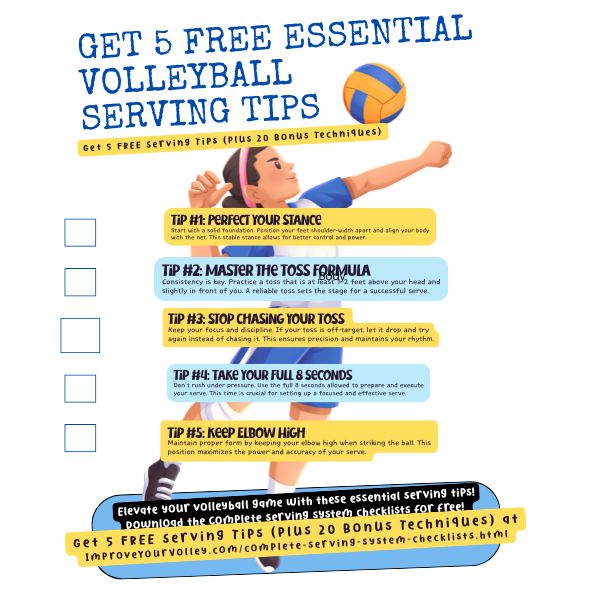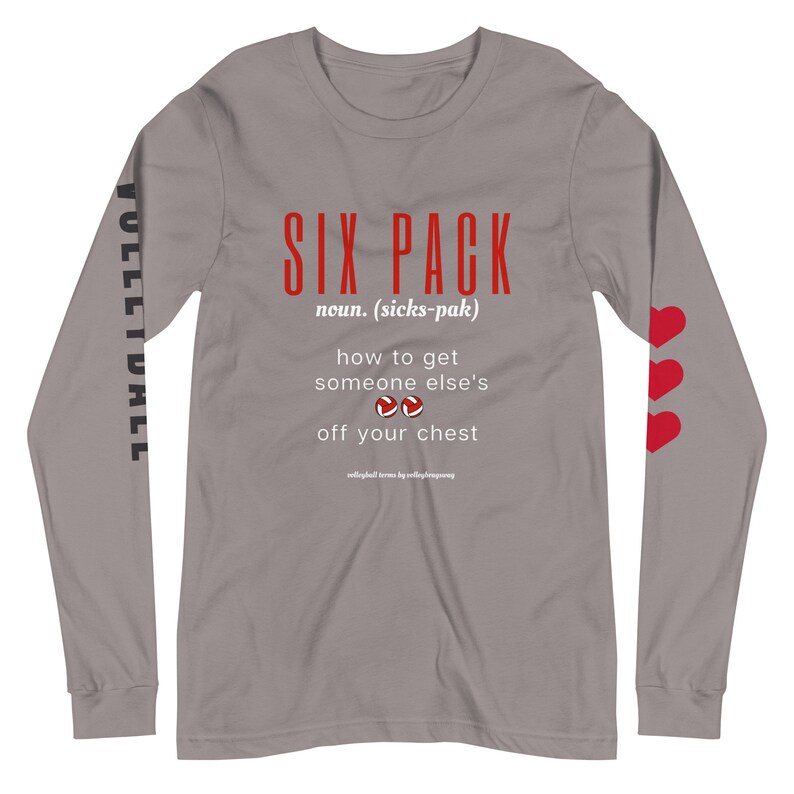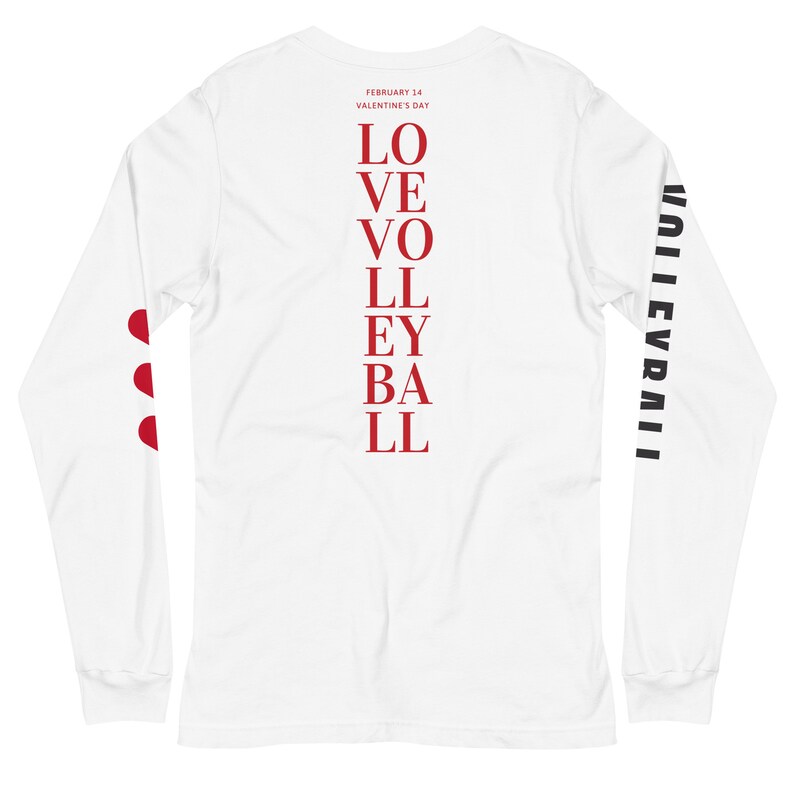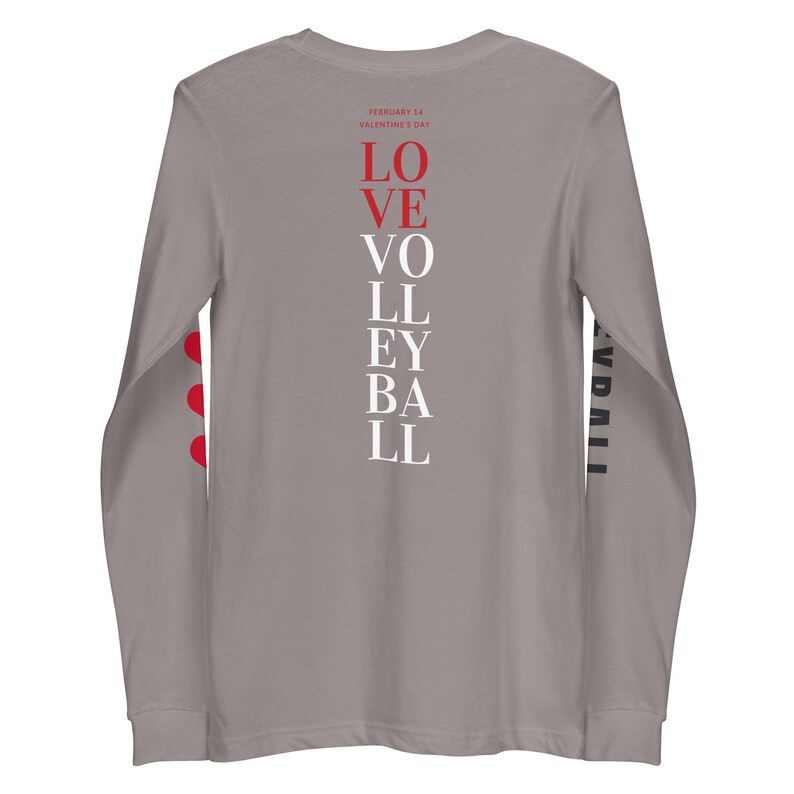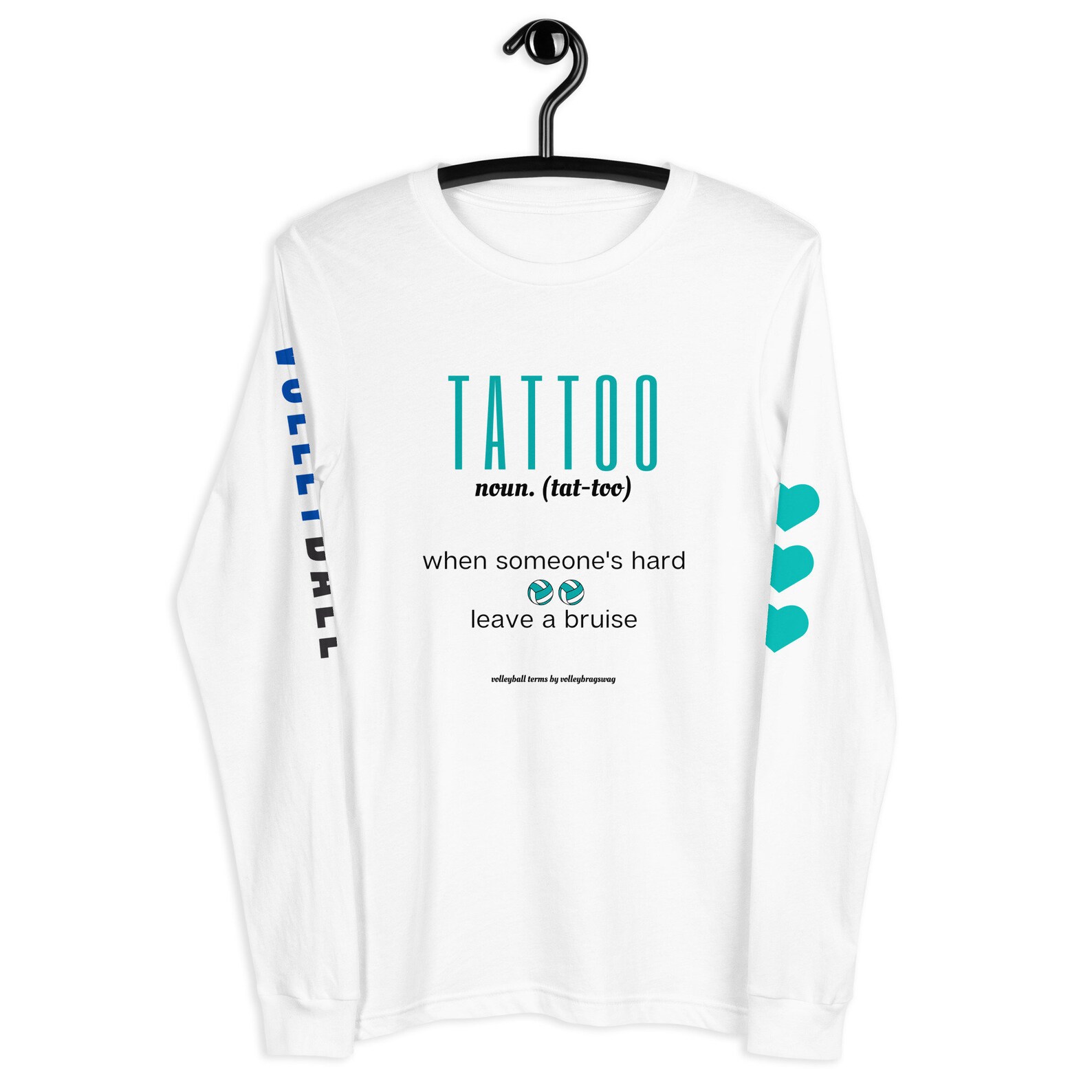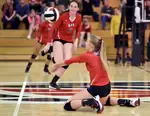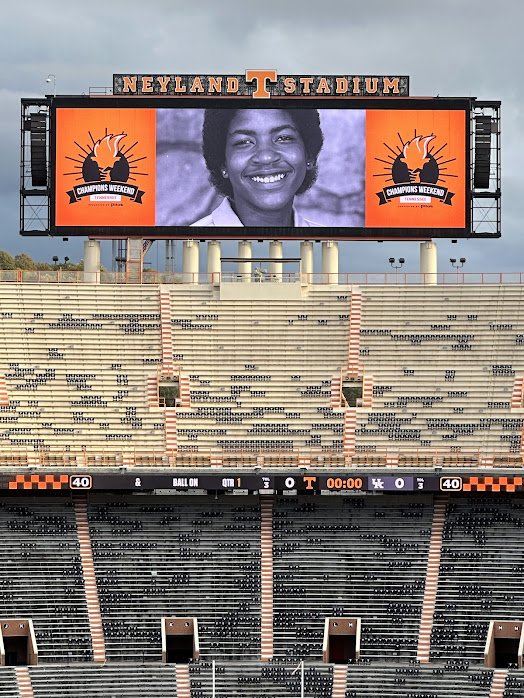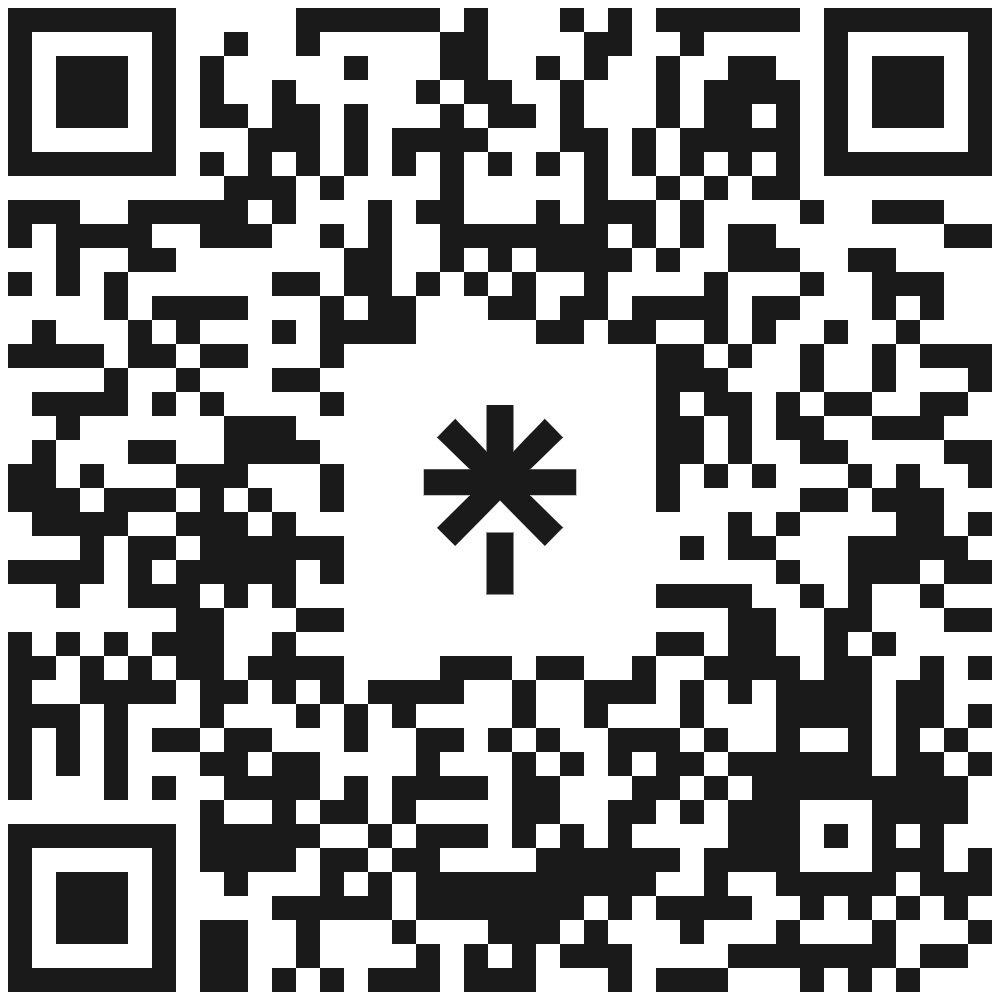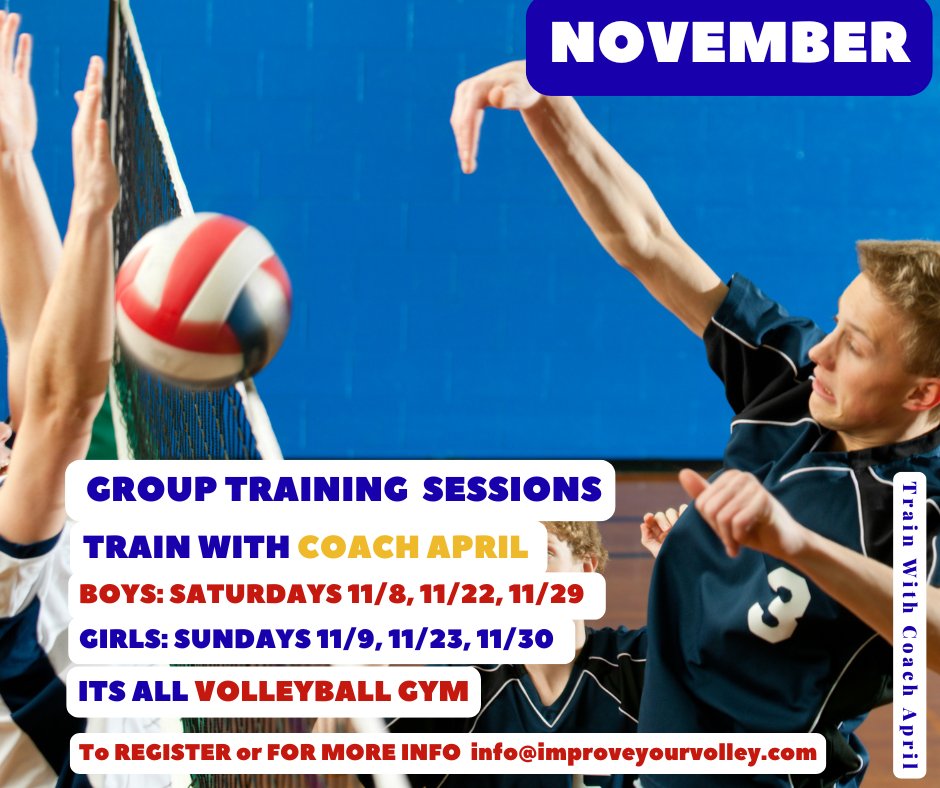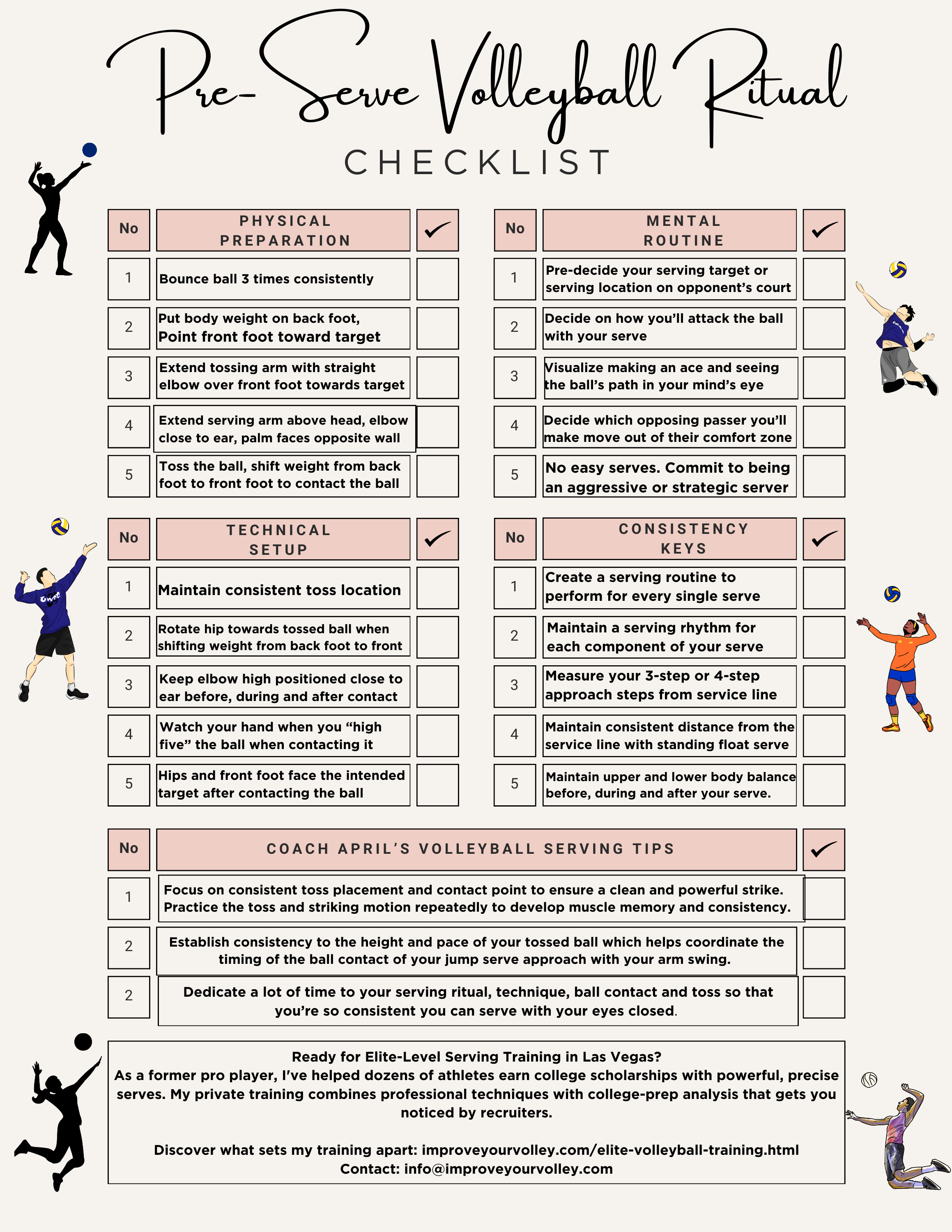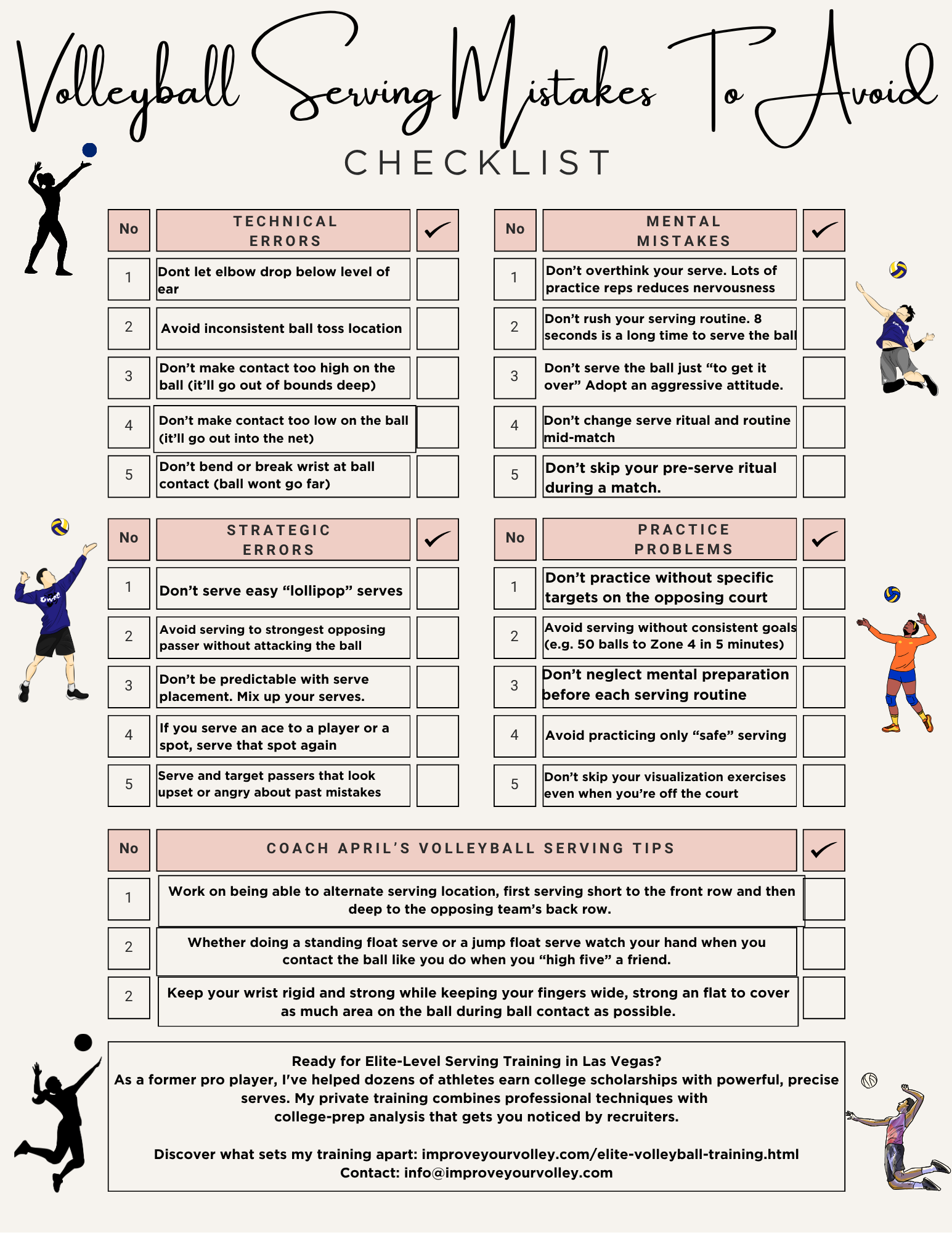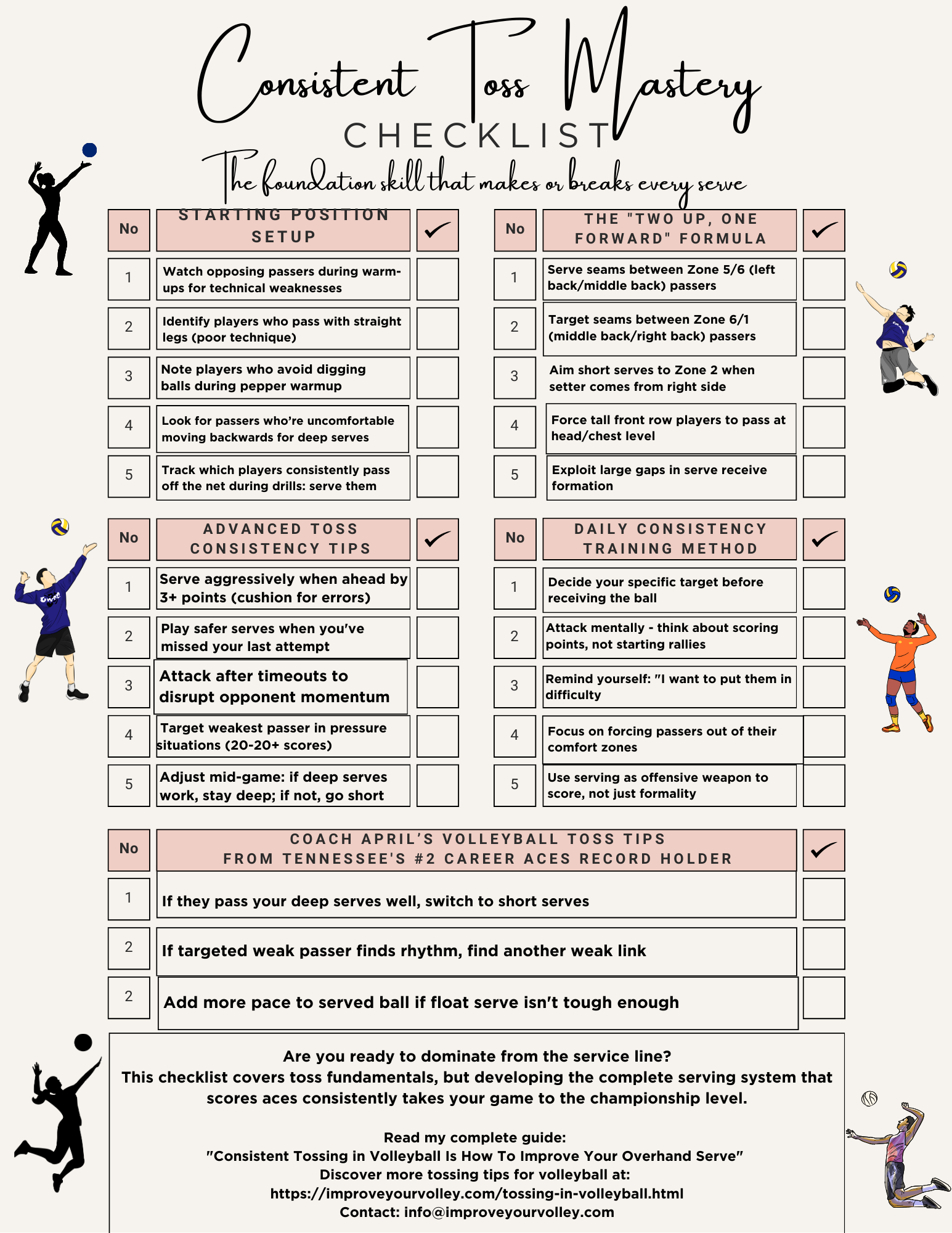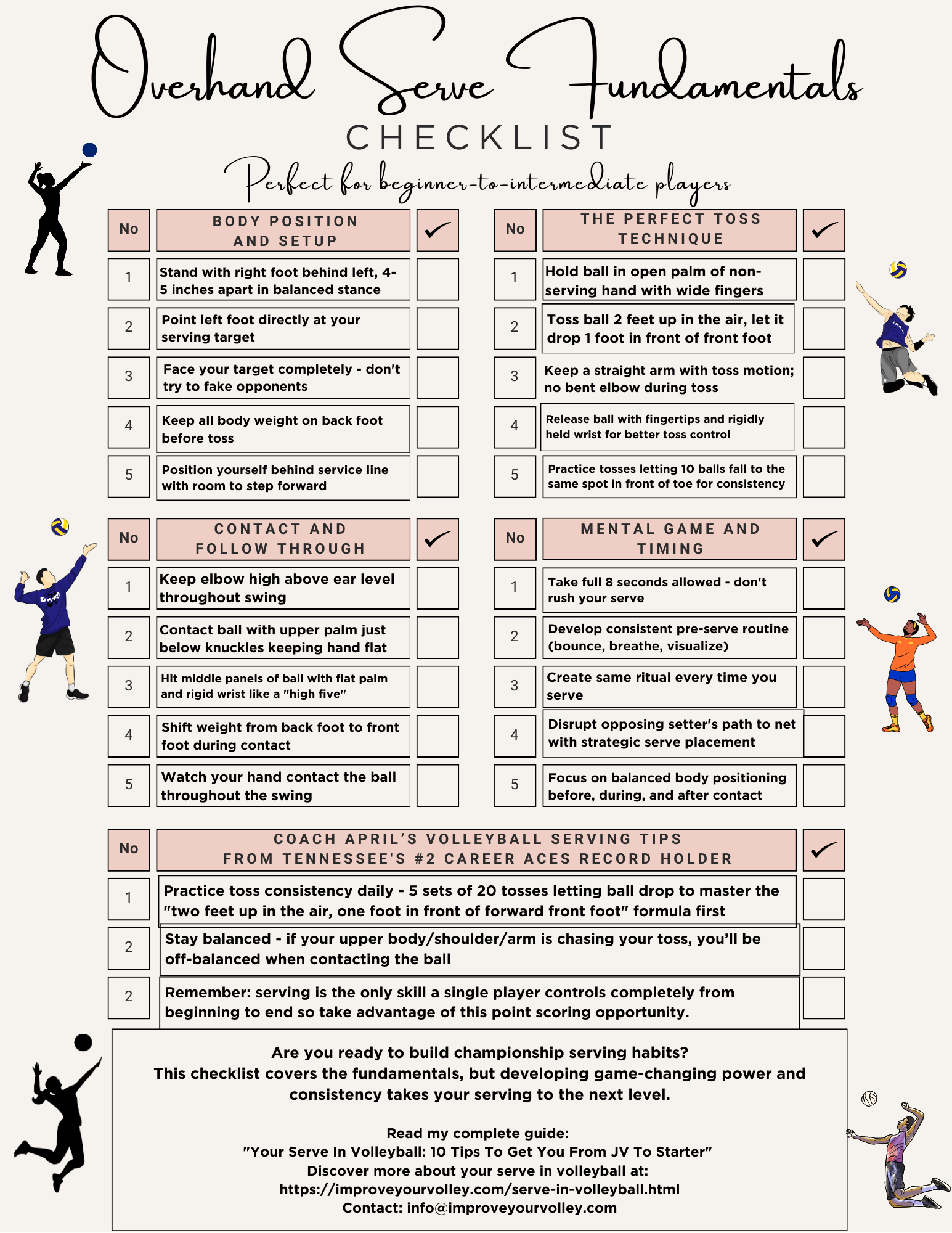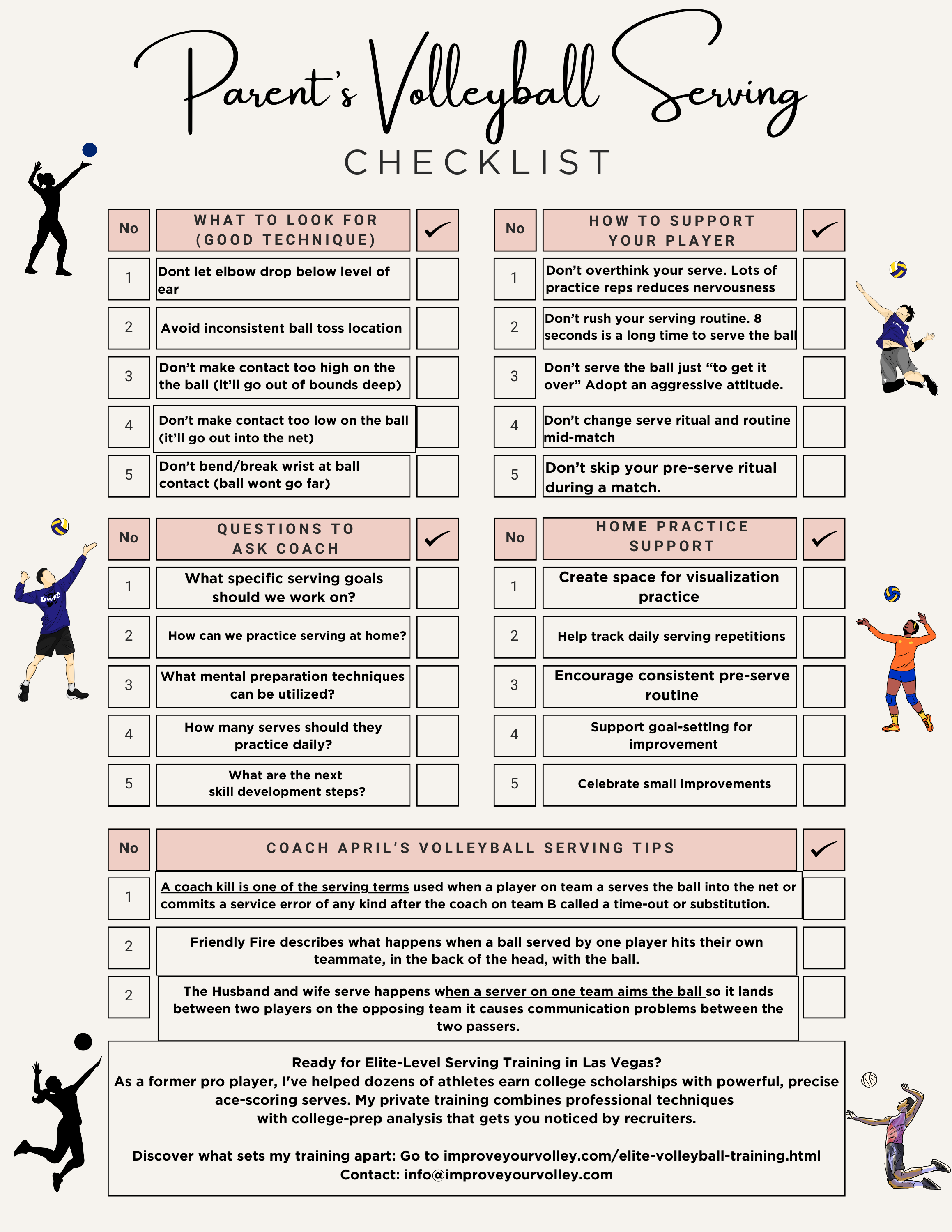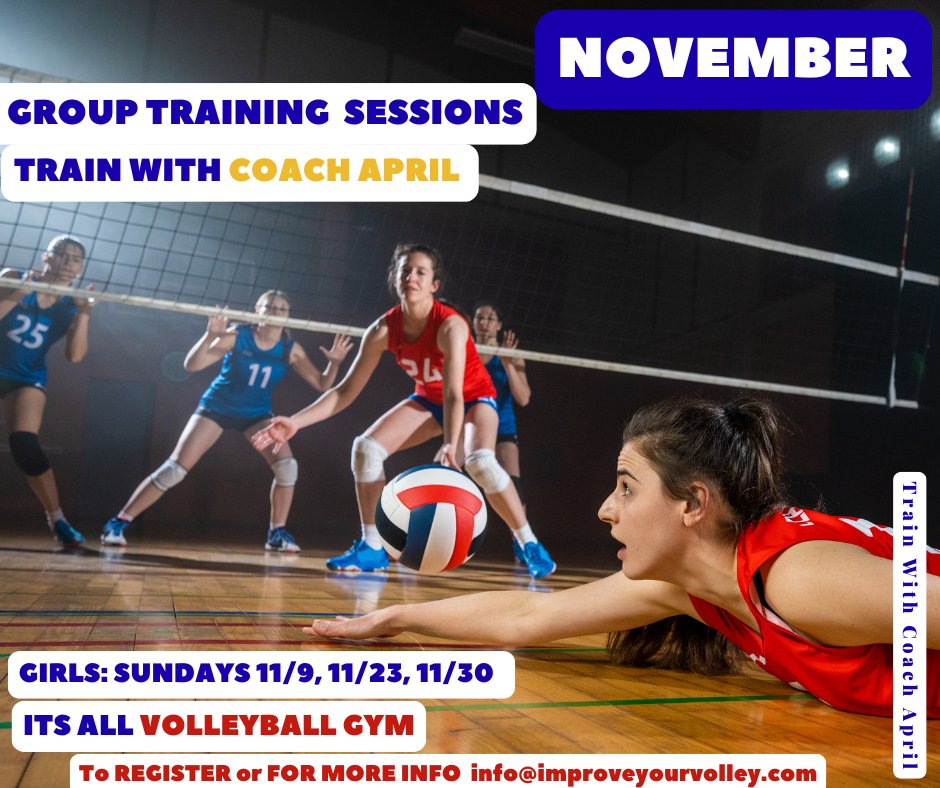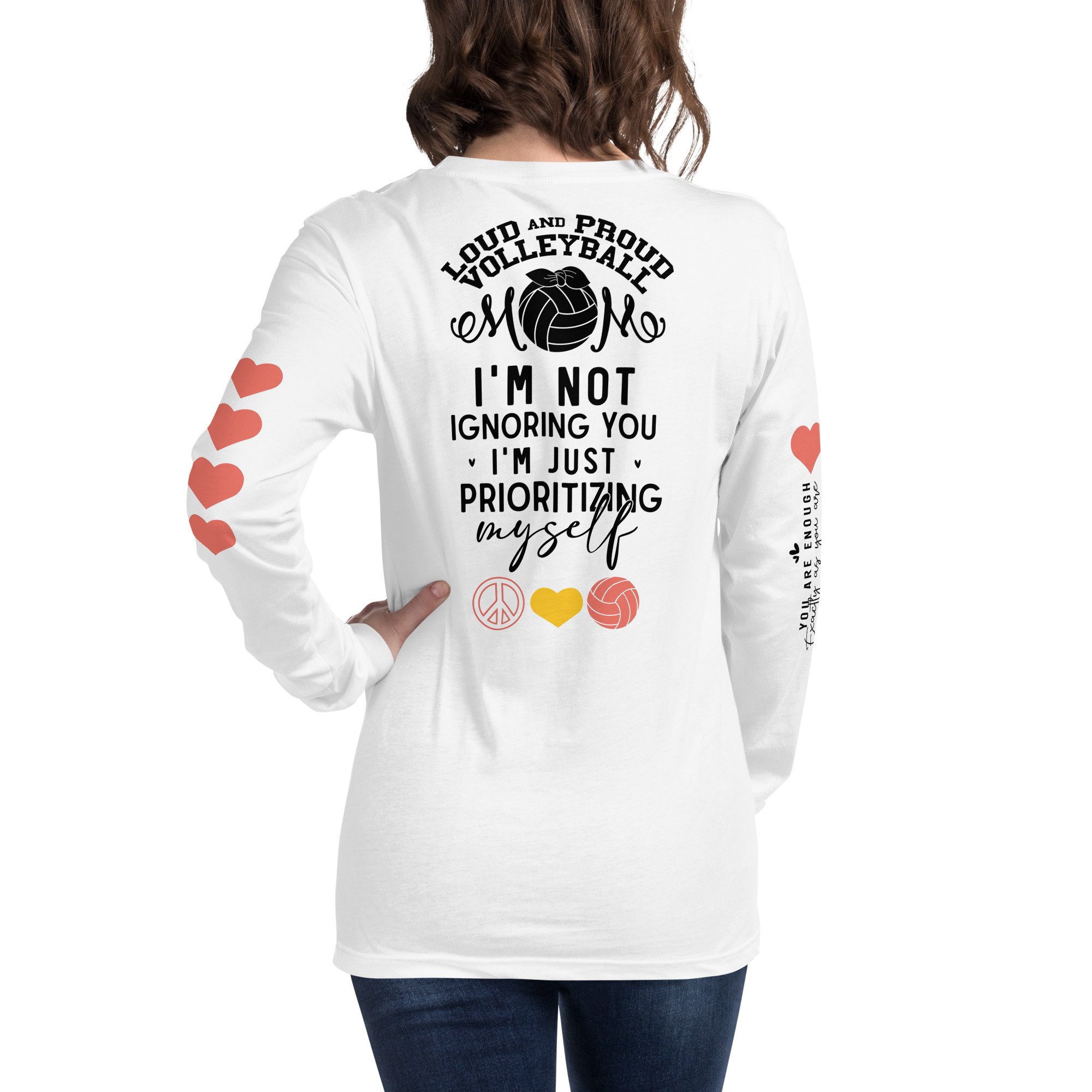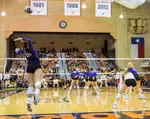- Improve Your Volleyball with Coach April
- How To Start Playing Volleyball
- Types of Digs In Volleyball The Forearm and Overhead Dig
A Tutorial On Types of Digs In Volleyball The Forearm and Overhead Dig
Explore my step by step tutorials for the standard types of digs in volleyball the forearm dig and overhead dig as well as other types of emergency digs to use.
Volleyball is a game filled with spectacular saves, athletic abilities and acrobatic movements used to keep the ball off the floor when your team is on offense or on defense.
A crucial skill you need to work on improving in order to do these movements is the "dig".
How to Dig in Volleyball:
To dig a volleyball up in defense you keep an attacked ball by the opposing team off your court floor by extending your arms and hands under the ball to deflect it back in the air before it hits the floor.
Next, I invite you to review my glossary of terms describing several types of emergency digs, that are the more uncommonly used types of digs in volleyball useful in an emergency when the ball comes at you fast or you have to chase a ball down.
The Most Commonly Used Types of Digs in Volleyball: The Forearm Dig
The Forearm Dig
This is the most common method of preventing the ball from hitting the court after an opponent’s attack.
-Step 1:
Assume the ready position
- feet shoulder-width apart,
- slightly bent knees and hips
- with shoulders in front of knees in an athletic stance with weight distributed on the balls of your feet for quick movement.
- arms extended with palms up
-Step 2:
As the ball approaches, clasp hands together placing one closed fist inside the other hand keeping your arms together at the elbows and hold them out straight in front of you. Keep your wrists together and thumbs pointed towards the ground to manage your platform.
-Step 3:
Move your feet, while watching the approaching ball staying low in an athletic position to move behind the incoming ball keeping it directly in front of you.
Remember, the goal is to cushion the ball while redirecting it towards your intended target which is usually your setter.
The Most Commonly Used Types of Digs in Volleyball:
The Overhead Dig
This dig involves contacting the ball with the ball above your head, like a volleyball set.
It's often used when the ball is coming fast and high, and you have time to get under it.
-Step 1:
Position yourself under the ball, maintaining the same ready position as with the forearm dig.
-Step 2:
As the ball gets near you, lift your hands above your head, forming a triangle with your thumbs and forefingers, similar to how you prepare for setting.
4 Digging Drills For Volleyball Players Like The Hit And Overhead Digging Drill
I teach this drill a lot to beach partners when I'm coaching sand volleyball.
Usually your partner hits at you so the ball is aimed for your chest and up and you start your digging hand ready position higher than what you do with regular pepper.
The goal is to push the ball...some even say "set the hard hit ball" up in the air....so your partner steps in to set it for you.
-Step 3:
Contact the ball with the flatter, firmer part of your fingers, extending and straightening shoulders toward the ceiling pushing upwards to softly redirect the ball towards the intended target.
While it's great to learn different types of digs in volleyball, the two basic forms which I described above are the bread and butter of any player's repertoire.
What do you need to do as a player?
Plan to put in the time and the repetitions in passing and setting drills to make sure you practice them repeatedly. The players who perform these skills the best are the ones who get playing time the most.
The Most Uncommonly Used Types of Digs in Volleyball:
A Glossary of Terms For Emergency Digs
With this glossary of terms below I explain the various emergency types of digs in volleyball that a player can use to keep a ball playable and off the floor.
Did you know that in volleyball you can legally dig a ball up without using your hands?
Many times in fast moving situations players have to make last minute situations in order to dig a ball up.
Sometimes you have time to plan to get your hands up in time to redirect the ball and sometimes you just don't.
The ball can contact certain parts of your body and remains 'live' and playable as long as it doesn't come to a complete stop.
If the ball contacts certain parts of the body and comes up "clean"... meaning the ball does not come to a rest, a stop or a pause, then that ball can be played again by a teammate if its the first or second contact on a team's side or the ball is allowed to cross over the net if its the third contact for a team in a rally.
Types of Digs in Volleyball: The Six Pack
Six Pack
When you're on defense and you don't put your hands up in time to dig a ball that hits you in the chest that's called a six pack or a chester.
If the ball hits your chest and comes up without a rest or a pause then its a playable ball that can be played to finish a rally.
Types of Digs in Volleyball: The Facial
Facial
A facial is not the usual procedure done with soap and water ...but it happens when an opposing attacker hits a ball so hard that a backrow defensive player cannot put their hands up in time before the ball hits their face.
This is called a facial and if they're lucky the ball doesn't leave a tattoo...see below.
If the ball comes up clean and doesn't come to a stop or a rest on the face a second player is allowed to play the ball and continue play.
A facial is the slang term for getting hit in the face by a hard attack hit...
Types of Digs in Volleyball: The Tattoo
Tattoo
The mark is usually the shape of the ball or even the name of the ball maker like Molten or Mikasa.
Pancake
By using the back of your hand to keep the ball from touching the floor the libero/digger/backcourt specialist/defender has used one of the three allowed contacts each team is allowed to continue to play the ball after it bounces off the hand and back into the air...to get it over the net during a rally.
Types of Digs in Volleyball: Flipper
Flipper
The flipper is usually done while staying on your feet or running through the ball but many players, actually use the flipper motion when they are diving for a ball when their whole body hits the floor after their dig.
Types of Digs in Volleyball:
The Shank
Shank
5 Types of Digs In Volleyball:
Where Do You Go From Here?
Your three options are:
- You can learn more about Volleybragswag shirts and accessories by visiting the Related Links below.
- Follow the suggested reading on our Sitemap page Learning How To Play (Sitemap)
- Or visit the pages in the How to Play Volleyball section in the drop down menu at the top of the page to get started.
If your athlete struggles with consistent serve receive, gets subbed out, or is overlooked for playing time—this is the fix you’ve been looking for.

Struggling with passing consistency?
I help talented passers tired of getting pulled from games because of inconsistent serve receive skills BUILD passing confidence without expensive private lessons using the same 3-step system that's helped dozens of my athletes get recruited.
Download my eBook for $17.99 and start building the passing confidence that keeps you on the court—and gets you seen by college coaches.
From Lady Vol to Legend: Coach April Produces Powerful Passionate Players...is that you?
What Are You Looking For?
Click to Download Your Pre Serving Ritual Mastery Checklist pdf:
🎯Volleyball Pre Serving Ritual Guide -
Players! Learn How To Transform Your Serve from Weak to Weapon
Click to Download Your Parent's Volleyball Serving Checklist pdf
🎯Parent's Volleyball Serving Checklist Guide
Parents! Help Your Player Develop Championship Serves (Even If You've Never Played)

Hi there!
Thanks for stopping by. Hope you learned something today that will help you reach your volleyball goals.
Be sure to subscribe to my email newsletter so you can learn more each week!
Stay strong! Stay motivated!
-Coach April

SUSCRIBE to my email newsletter below!
 Click to learn more about the weekly volleyball classes and clinics or email info@imrpoveyourvolley.com for information
Click to learn more about the weekly volleyball classes and clinics or email info@imrpoveyourvolley.com for informationCongratulations to my seven Boys-18s Vegas Volley club players who played in two state championship finals yesterday, the 3A and 5A State champinship finals at Sunrise Mountain High School.
TOURNAMENT CHAMPIONS!
A-1 Vegas Volley VBC
In It To Win It Tournament
May 2 - 4, 2025 Tournament
Gold Medalists
18s Premier Division
Vegas Volleyball's Unsung Heroes: Celebrating Moms with Peace Love Volleyball Shirts
Ready to energize your volleyball mom journey?
Subscribe to my 'Producing Powerful Passionate Peaceful Players' email list above on ImproveYourVolley.com.
You'll receive energy-boosting tips, exclusive insights from me, Coach April Chapple on maintaining momentum in volleyball.
Let's power up the Vegas volleyball scene together!
Recent Articles
-
Overhand Float Serve Volleyball Tips Score More Aces In Volleyball
Dec 31, 25 02:13 AM
With these overhand float serve volleyball tips discover two specific court zones you can serve to in order to increase the chances of scoring more aces. -
Quickly Elevate Your Game With A Deadly Jump Float Serve in Volleyball
Dec 31, 25 02:01 AM
In this simple guide, I teach you how to improve your jump float serve in volleyball by measuring your steps, create a serving ritual and how to fix your toss. -
How to Serve A Floater Known As The Standing Float Serve in Volleyball
Dec 30, 25 11:08 PM
Learn how to serve a floater, also called a standing float serve that's hard for the opposing team to pass because of how the ball floats while crossing the net
